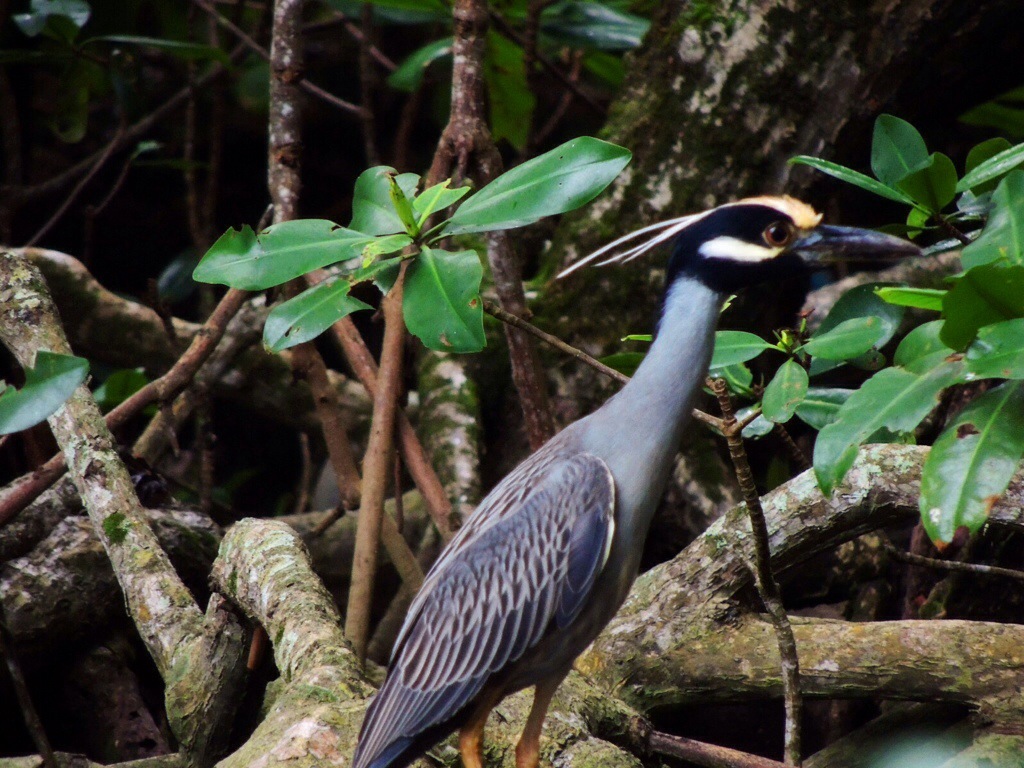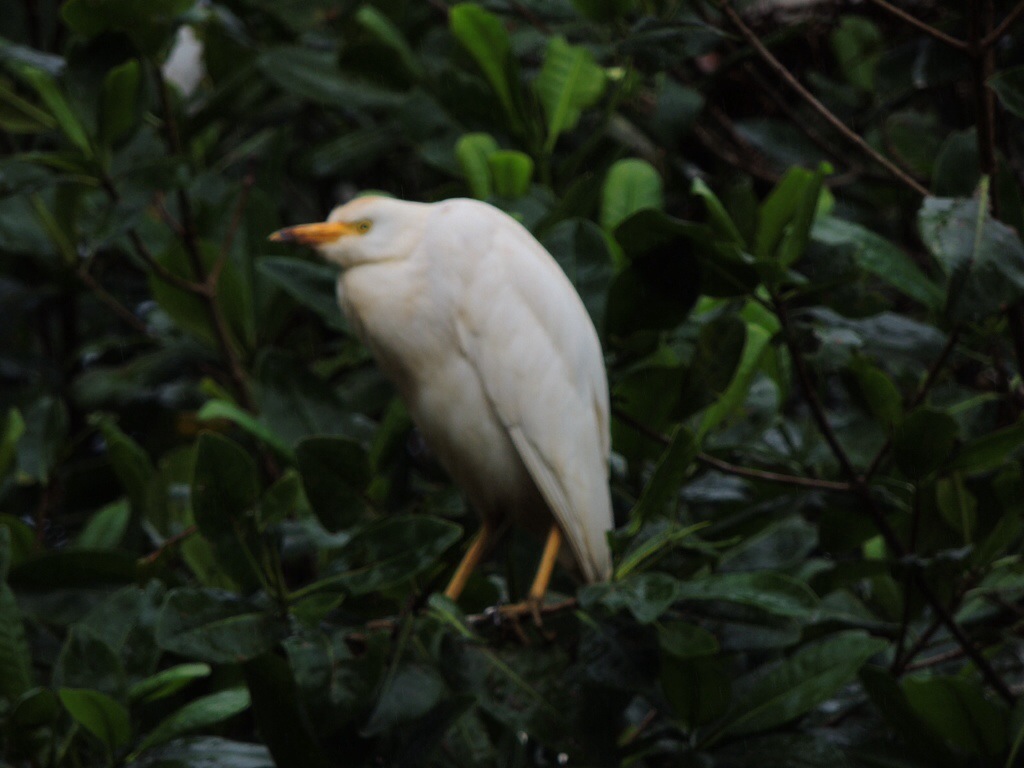12 January 2014. Rio San Juan, Dominican Republic.With all of my week’s ‘work’ done I felt I’d earned a day of indulgence; a visit to a birdy spot was what I needed. I consulted my ‘Rough Guide to the Dominican Republic’ and learned that the best birding is found in the south-west of the island. Hmmm…and I’m on the north coast and this is a big country (aren’t they always once you get there? Always larger than you’d envisaged from advance reading.) But I discovered that not too far from where I’m staying is a small village called Rio San Juan. The Rough Guide’s map shows a bird sanctuary and talks of boat tours around the mangrove preserve. It suggests, “…go early in the morning for better bird watching.”
It’s now obvious that I read more into it than I should. In any event I retained the service of a taxi to take me to Río San Juan and back, and negotiated with a guide to accompany me. The would-be guide shrugged when I asked him how much he charged. He suggested “Whatever you want amigo.” I pressed the point. “How much? One dollar? Twenty Dollars? Fifty dollars? How about two pesos? (he grimaced and gave me the shrug again.) “Whatever you want amigo.” My turn to shrug; really all that I had established was that two pesos (about 5 cents) wouldn’t work and that he was genuinely leaving it up to me. So off we went.
The journey was longer than I’d expected, perhaps because it included a stop to add air to a rapidly collapsing tire as well as a visit to a roadside stand that sold a tepid whitish drink that was said to be a bit like milk – and did I want some? We had passed a few dairy farms along the way that made me feel sorry for the cows, so I wasn’t in the right frame of mind to drink anything in the least bit like milk; and besides I’d just finished breakfast -thanks.
In due course, enlightened about Dominican traffic etiquette and somewhat startled by the kamikaze relationship between motorcycles and cars, we arrived at Río San Juan. The Rio part of the name is a strong hint that there should be a river somewhere around, that’s helpful because it usually suggests wetlands, maybe an estuary and an interesting mix of birds. However I never did see a river as such, although a piped discharge of what I was assured was natural and clean water created a sizeable inland pond which in turn connected via a mangrove-lined channel to the sea beyond. This really should be where all the bird life was. I forked over a modest sum for a boat ride through the mangrove swamp and out into the large offshore swells. The oceanic bit was pleasant and our ‘captain’ took us close inshore to where the bursting waters are eating away at cliffs that look like a mouth-full of sharks’ teeth. I kept imagining how the threatening lengths of this shoreline looked to early navigators, there are plenty of long, postcard-perfect and easily accessible beaches, but where the shoreline is rocks or protected by coral reefs it would be a terrifying prospect. Christopher Columbus was one of those navigators, in fact recorded history’s earliest. He first set foot in the New World along this coast which must have looked invitingly verdant and probably made of gold.
I have digressed, perhaps because I saw the grand total of three species here. Lots of birds but deeply disappointing diversity. Hundreds, maybe thousands, of Cattle Egrets building small twiggy nests, incubating eggs and feeding young among the mangroves. My guide was proud to be able to point out a large and funereal gathering of Turkey Vultures watching from atop a dead tree and I spotted, to everyone else’s mild interest, a Yellow-crowned Night Heron; while not a first for me, it’s been several years and I was please to be able to get a decent picture of it, so under those rather pale circumstances it was my Bird of the Day.
At school we were taught to end an essay with a conclusion, here it is: I didn’t seen many birds and paid far too much for those that I did.

